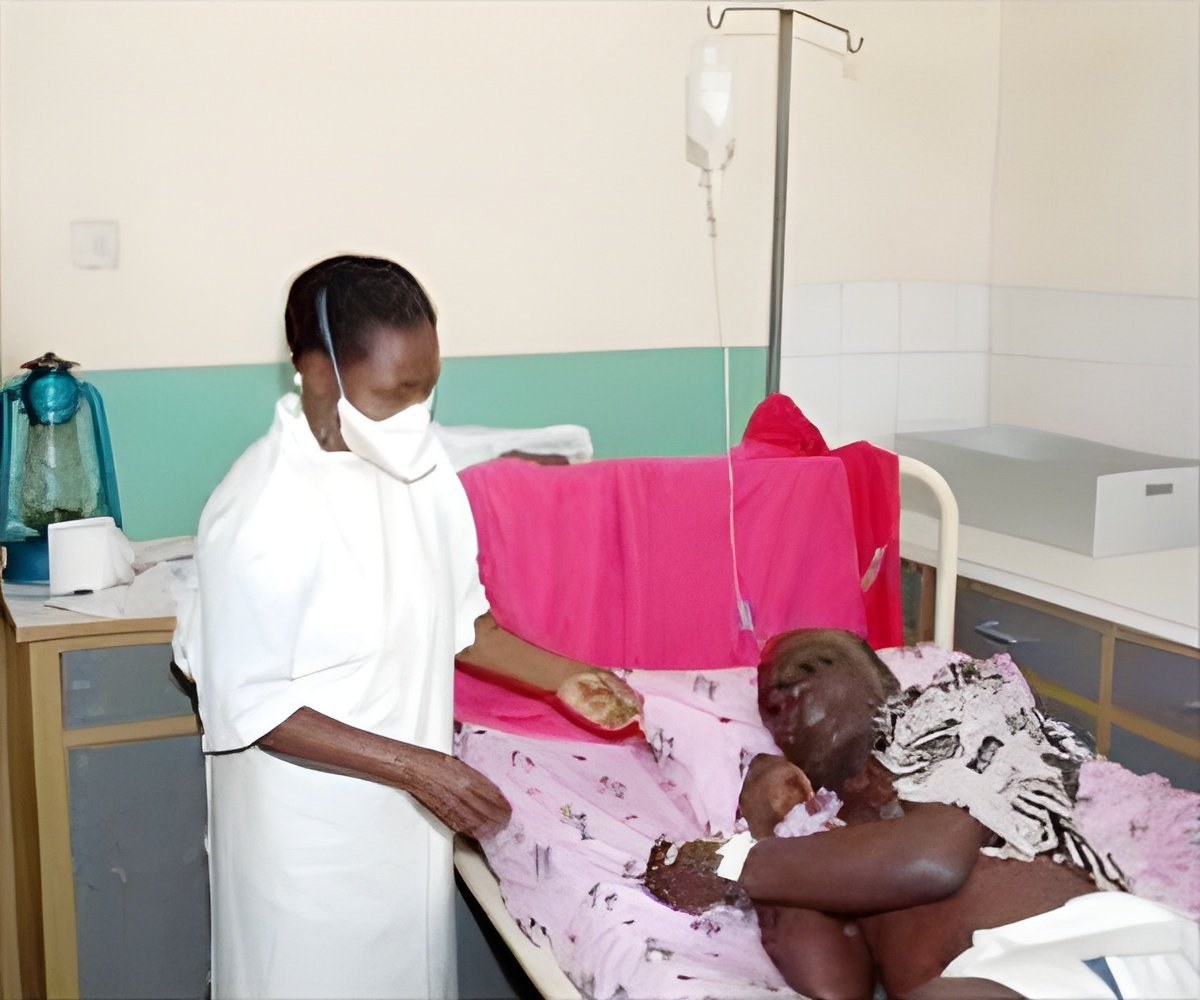
‘Viral hemorrhagic fevers are found around the world. Specific diseases are usually limited to areas where the animals that carry them live.’
Tweet it Now
Lassa virus, a member of the arenavirus family, is transmitted from rodents to humans. In West Africa, it causes several tens of thousands of deaths from hemorrhagic fevers every year, in a similar way to Ebola virus. The terminal stage is often characterized by shock. However, little was known about the mechanisms underlying fatal circulatory failure. Researchers around Professor Daniel Pinschewer from the Department of Biomedicine at the University of Basel now report that a main cause of circulatory failure upon arenavirus infection consists in the excessive inflammatory response triggered by the virus.
Key messenger substances identified
T-cells represent an essential element of our immune system’s defense against viral infections. In earlier studies, however, Professor Pinschewer’s group found that when infected with Lassa virus, these immune cells paradoxically contribute to the development of disease. The current study used a related arenavirus to decipher the underlying mechanisms.
Overeager T-cells apparently stimulate scavenger cells to produce large amounts of nitric oxide (NO). Although this is an important defense mechanism in bacterial infections, it does not help to combat viruses. In arenavirus-infected animals, however, NO dilated the blood vessels, leading to an exudation of fluids into tissues and thus to a reduction of the effective blood volume, ultimately leading to circularity failure.
Advertisement
Hope for new treatment methods
Advertisement
Source-Eurekalert









